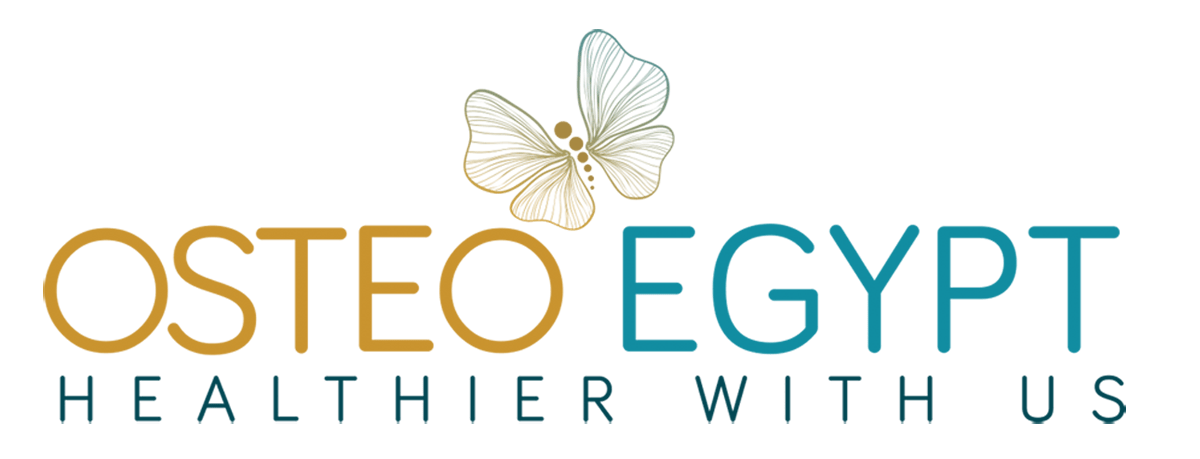The Use of Osteopathic Manipulative Treatment as Adjuvant Therapy in Children With Recurrent Acute Otitis Media
Miriam V. Mills, MD; Charles E. Henley, DO, MPH; Laura L. B. Barnes, PhD; et al
Abstract
Objective To study effects of osteopathic manipulative treatment as an adjuvant therapy to routine pediatric care in children with recurrent acute otitis media (AOM).
Study Design Patients 6 months to 6 years old with 3 episodes of AOM in the previous 6 months, or 4 in the previous year, who were not already surgical candidates were placed randomly into 2 groups: one receiving routine pediatric care, the other receiving routine care plus osteopathic manipulative treatment. Both groups received an equal number of study encounters to monitor behavior and obtain tympanograms. Clinical status was monitored with review of pediatric records. The pediatrician was blinded to patient group and study outcomes, and the osteopathic physician was blinded to patient clinical course.
Main Outcome Measures We monitored frequency of episodes of AOM, antibiotic use, surgical interventions, various behaviors, and tympanometric and audiometric performance.
Results A total of 57 patients, 25 intervention patients and 32 control patients, met criteria and completed the study. Adjusting for the baseline frequency before study entry, intervention patients had fewer episodes of AOM (mean group difference per month, −0.14 [95% confidence interval, −0.27 to 0.00]; P = .04), fewer surgical procedures (intervention patients, 1; control patients, 8; P = .03), and more mean surgery-free months (intervention patients, 6.00; control patients, 5.25; P = .01). Baseline and final tympanograms obtained by the audiologist showed an increased frequency of more normal tympanogram types in the intervention group, with an adjusted mean group difference of 0.55 (95% confidence interval, 0.08 to 1.02; P = .02). No adverse reactions were reported.
Conclusions The results of this study suggest a potential benefit of osteopathic manipulative treatment as adjuvant therapy in children with recurrent AOM; it may prevent or decrease surgical intervention or antibiotic overuse.
